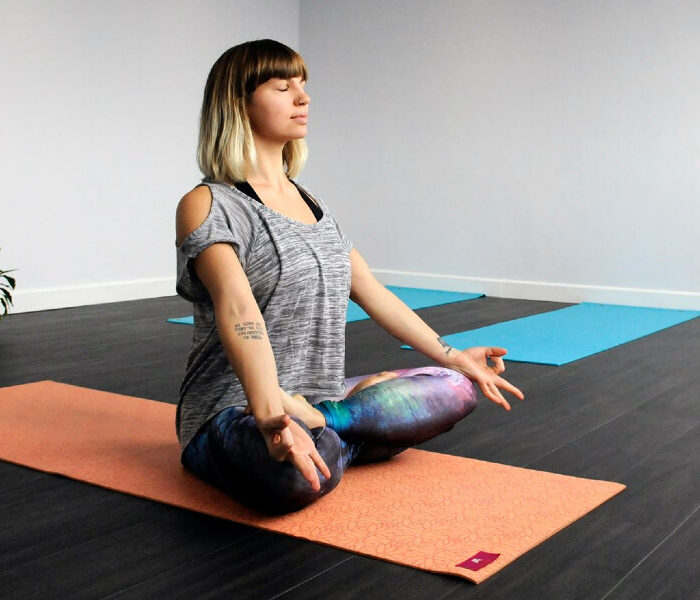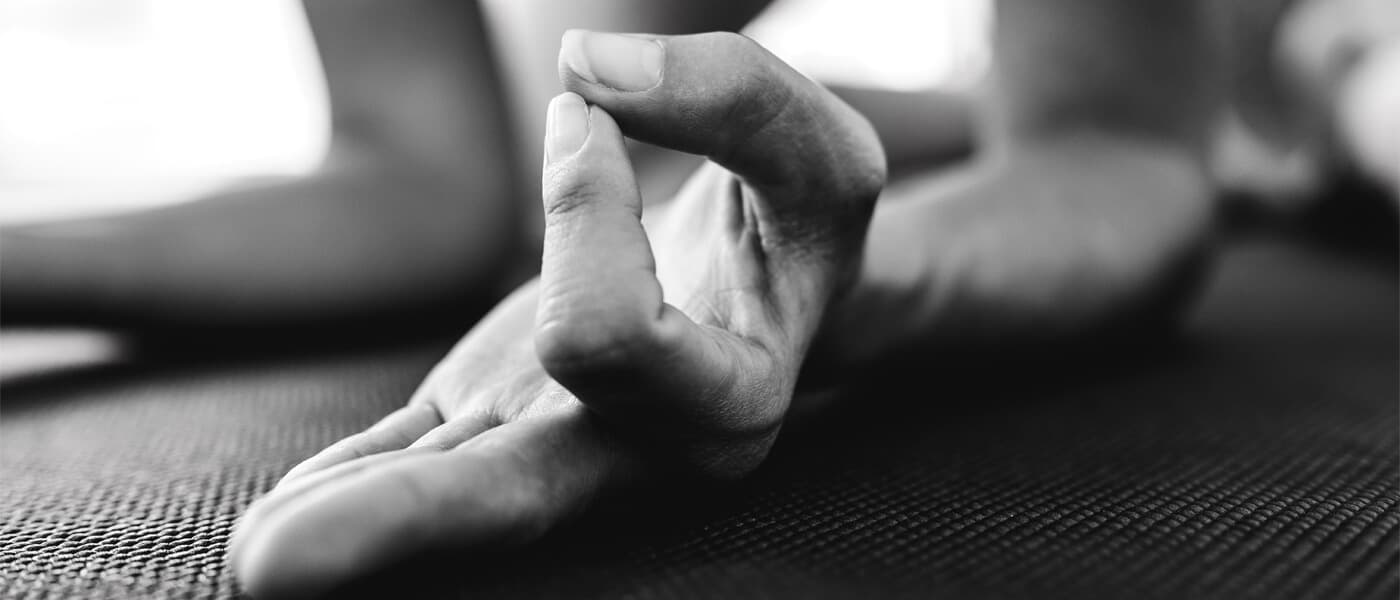Spiritual ways to remember dreams

Have a little dream adventure every day
“When a really great dream shows up, grab it.”- Larry Page.
We are born dreamers. We dream in the womb, and research indicates that by the time we are eighty years old, we have spent twenty years of our lives dreaming. This is a vital part of our lives that we don’t want to miss. Even though dreams may be mysterious, scary, or we simply don’t remember them, they are gems of insight waiting to be uncovered.
Everything we’ve created was dreamed or imagined first, and dreamers have changed the world in practical ways.
Jeff Taylor is a dreamer. He woke from a dream of a “monster “ bulletin board filled with job postings and sat down to write his idea for Monster.com. Innumerable artists, writers, scientists, and other creative people have used their dreams to enhance all of our lives.
Larry Page knows about the creative gifts of dreaming, too. He states the idea for Google came from a dream. Your dreams may hold answers for yourself and for the world…if you can only remember them.
Dreams guide us, help us make decisions, remind us of things we’ve forgotten, tell us about relationships, show us what our soul needs to thrive, move blocked energy, and help us heal. They warn us of challenges, tell us about our physical and emotional health, inspire and entertain us, and bring creative gifts.
What does it mean to have a dreaming practice? Skillful dreaming is learned and practiced, like yoga, meditation, or hula hooping. It’s not hard to do and it’s FUN! It’s creative. What is trying to come through for you in your nightly forays into the deepest parts of yourself?
What kind of adventure is your dreaming self-having? How are your daydreams, your imagination, your fantasies, your wise inner promptings, and your reveries informing your life?
What about those funny coincidences you notice in your day? They all have something for you.
How to become better at remembering dreams.
Make it important.
Decide it’s important to remember your dreams. This in itself alerts your dreaming self you’re ready to remember. Select and organize your tools by your bed: dream journal, pen, colored pencils, smart phone, or another recorder.
Incubate a dream.
Ask for a dream before you go to sleep. Do this every night, and be persistent; it may take some time to wake up to your dreaming self.
You can put a slip of paper with a dream request, or any other symbol, under your pillow at night. Try doing this with a crystal, a little figure, a picture, or anything that will remind you of your dreaming self. The fragrance of the herb mugwort is a traditional dream enhancer.
Remember that dreams are experiences.
Revise your concept of what is a dream. What we call a dream is a memory of an experience our dreaming self has had.
This dream memory is a glimpse of a larger event. It gives us a view of something we’ve done, which is now a memory.
More can be found in the dream experience that is unseen and forgotten. Even a fragment of a dream can be expanded. Fragments, snippets, and flashes are all bits of dreams that are valuable.
Scan.
Get in the habit of scanning your body and your awareness, before you fall asleep and when you wake, and even while moving through your waking day. Watch for images, sounds, emotions, body sensations, words, unexpected sentences, fragrances, and memories.
Do this every time you wake. Pay attention to these sensations and write them down, draw or record them. You may come to recognize the distinct physical sensation you experience when you wake, alerting you to start your scan.
Stay still.
Don’t move immediately when you wake. Try to stay in the same body position you were in when you were dreaming. If you use an alarm, set it close enough to reach the snooze button without changing your body position.
Also Read>>> From Dream to Reality
Dreams may linger longer if we keep our body still. After we’ve scanned, more of the dream may return if we get into a body position we experienced in the dream. Try assuming the position of a dream character other than yourself and see what comes to you. Play at becoming that character.
Add the hypnogogic state.
This is the layer of consciousness we experience briefly as we transition from being awake into sleeping. Practice becoming aware of what is happening when you dip into this state. It is a richly creative initial phase of sleep and it brings images, ideas, words, advice, feelings, memories, and sensations. Try to sustain it and see if you can catch something.
Include the hypnopompic state.
Watch what happens in this short period of consciousness we experience just as we wake, between sleeping and waking.
Do you have a physical sensation of re-entering this world? Where have you just been, or are you still there?
What does it look like? Is it day or night?
Who are you with? How do you feel physically? Do you feel any emotions?
Do any words come?
Look for nightly gems.
Instead of expecting a fully formed dream story every night, begin to look for some kind of a “gem from the night” when you wake.
What did the night bring? Was it a dream, a memory, an image, interesting squiggly lines, a powerful word, an inspiring phrase, some words of wisdom, an idea, a deep knowing, or a good night’s sleep?
What’s happening in your day?
Watch for coincidences and symbolic appearances in your waking life. Is a life question somehow answered?
Do you experience a Déjà Vu feeling? You may find you dreamed the event before it happened, and these events can be very simple and mundane, or important and big. Look for these in your dream journal.
Predictive dreams may be clear and unmistakable, or the precognition may be hidden in the symbols of a dream that looks nothing like what unfolds in waking life, but the tone, the feeling, of the dream is the same. Look for symbols in your day that have meaning for you, and engage with these in some way.
When developing a personal dreaming practice you expand your awareness and meet a part of yourself that is ready to help you live a richer life, with more vitality and a deeper understanding of the Self.
You receive guidance and catch unexpected ideas. You live a bigger life, one that includes more of your deep story, and includes all those hours of your life you spend sleeping.
Now that you are ready to remember more dreams, have fun, and have a little dream adventure every day!
Resources
Jane E. Carleton, G.G., M.A. specializes in dreams as an international consultant, educator, and workshop leader. She teaches a variety of contemporary and cross-cultural transformative dreaming techniques, including Robert Moss’s Active Dreaming, and is a gifted intuitive facilitator of healing and personal transformation. She guides individuals on an inspiring experience of the power of dreams and imagination to enhance and transform daily life. She comes to Bali often to dream.
Read next >> Turning dreams into reality




